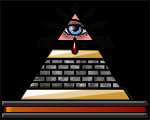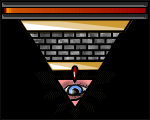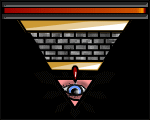
![]()
![]()
![]()

Cross Contamination
Beyond needle stick injuries, one of the most important things to be aware of is cross contamination. Bacteria, molds, and viruses are pretty much everywhere in our daily environments. We, however, want to do everything that we can to avoid pumping them into our systems. It is un-fortunately common for people to use the restroom and not wash their hands. I cannot count the number of times that I am in a public restroom and someone finishes and just walks out or does the obligatory rinse. This is not washing your hands. They then touch the handle on the door and quite possibly leave traces of possible pathogens on that handle. You touch it on the way out and are exposed. This applies to about everything that is public since those same people are wandering around the world with their grubby little mits touching everything.
That being said...it is easy enough to protect yourself from this with the use of barrier towels and proper handwashing after contact with public surfaces. Hand sanitizer will work until you get to your own private space and can wash again.
So now you should have some sort of idea of how cross contamination works. We do our best to be sure that any bacteria, etc. that is in our work area doesn't make it into our supplies. You will quite often be in a medical or body modification environment and see an individual with gloves on just going willy nilly through everything before or after they have touched you or handled your blood. Their gloves protect them, which is primarily what they seem to be concerned with. I have seen this repeatedly and once saw a tattooer out west contaminate three items in five minutes. Imagine how bad it was throughout an entire day!
Everyone that works here is taught a clean hand/dirty hand method to avoid this issue. I have just started seeing this enacted in a few medical environments but we have been doing it for many years. By using clean hand/dirty hand we touch only clean items with one hand and only contaminated items with the other. This seems pretty obvious, but it is of the utmost importance throughout the entire process. During setup everything should be clean already but it is important to be aware of surrounding areas and to not come into contact with them. While working it is important to not re-contact the supply without removing gloves and washing hands. This goes for moving lights, adjusting power, getting more ink, everything. Some more minor things may be achieved through the use of barrier cloth since no carriers will be transmitted. During teardown it does you no good wiping down an area if you are just going to turn around and contaminate it again through carelessness. This also applies to our clean room and sterilizer. By following these procedures we keep contaminants from being spread through the area.
So I hope that this has helped you to understand how cross contamination works and how we avoid it. You are always welcome to come in and ask questions if you have any.
-Ray
Health Hepatitis HIV Staph StrepA CrossC Spore


















